In this project, you'll learn step by step how to modify a microwave oven transformer into a high-current device that can pump out 800 amps of electrical current, which is enough amperage to melt metal.
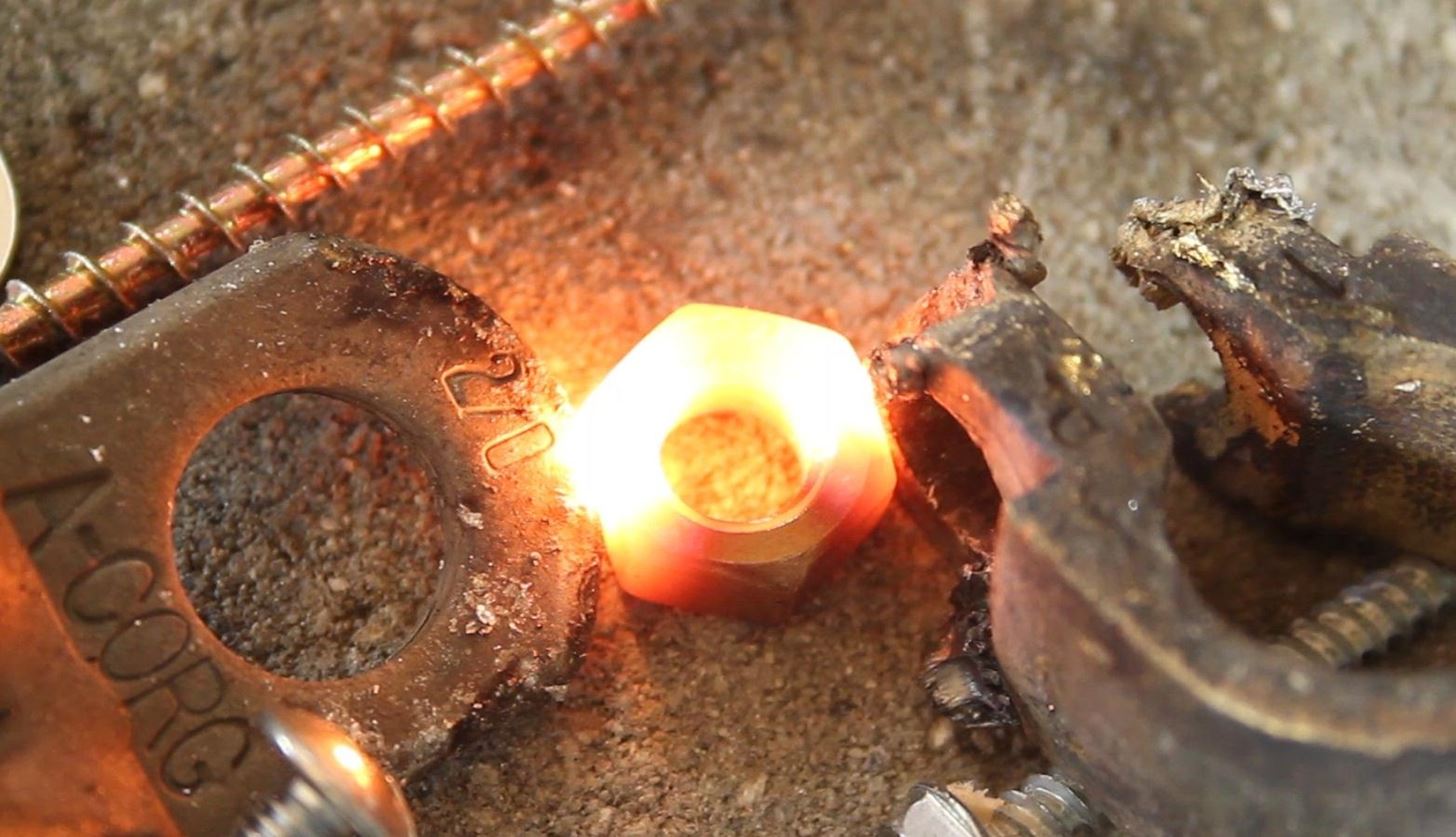
If you liked the Metal Melter you saw in my previous project, here's how you can make your own!
Start by finding an old microwave for free. The bigger, the better.


You can find them in various places, like on free classified ads, or in your neighbors garbage can, like where I found this one. The transformer (MOT) is the piece that you'll need, and it looks like this.

CAUTION: Make sure you're familiar with the dangers of opening a microwave, because there are components inside that may still carry a charge and could hurt, or even kill you. Even if the microwave isn't plugged in.
The transformer core is only held together by two very thin welds, as seen on the side of this one.

A hacksaw, or angle grinder can be used to cut the weld, then a hammer and chisel used to break it open, giving you access to the primary and secondary coils.



Be very careful taking the primary coil out, because you'll need it again. Make sure not to bend, break, or scratch it in any way.

NOTE: The secondary coil is harder to get out, and may be damaged by the time you do, but that's okay, because we don't need it for this project. However, if you can salvage it intact, it may be a source of thin gauge enameled copper wire for future projects.

Okay, your transformer core should now be bare. These are the "E" and "I" sections of the core, and have been scraped with a chisel to remove glue and paper stuck to the insides.

The next step is to carefully replace the primary coil, an ensure it's snug at the bottom of the core. Then add a 5' length of 2 AWG insulated copper cable. This thicker cable will extend the amount of time a massive electrical current can flow before the cable overheats.



The secondary cable is only wrapped 1-3/4 times around the center.


If you don't have a way to weld the base back on, you can use some 2-part epoxy-glue and apply to all the surfaces that will be in contact.

Then clamp it together to let the glue set. I used my bench vise as a clamp and it worked perfectly!

When the glue is dry, your Metal Melter should look similar to this. None of the wires are actually touching each other, but what it can do is very impressive.

The output voltage on this is just barely over 2 volts, but the amps are closer to 800! That's enough current to melt iron nails and steel bolts on contact!



I found a practical use for The Metal Melter, in making a Spot Welder like this one.

The electrical current can be concentrated to a single point, to fuse thin sheets of metal together. This is known as a "spot weld".

You can see how I made this in a different project.

Now you know how to make The Metal Melter!
If you liked this project, perhaps you'll like some of my others. Check them out at thekingofrandom.com.
Just updated your iPhone? You'll find new emoji, enhanced security, podcast transcripts, Apple Cash virtual numbers, and other useful features. There are even new additions hidden within Safari. Find out what's new and changed on your iPhone with the iOS 17.4 update.
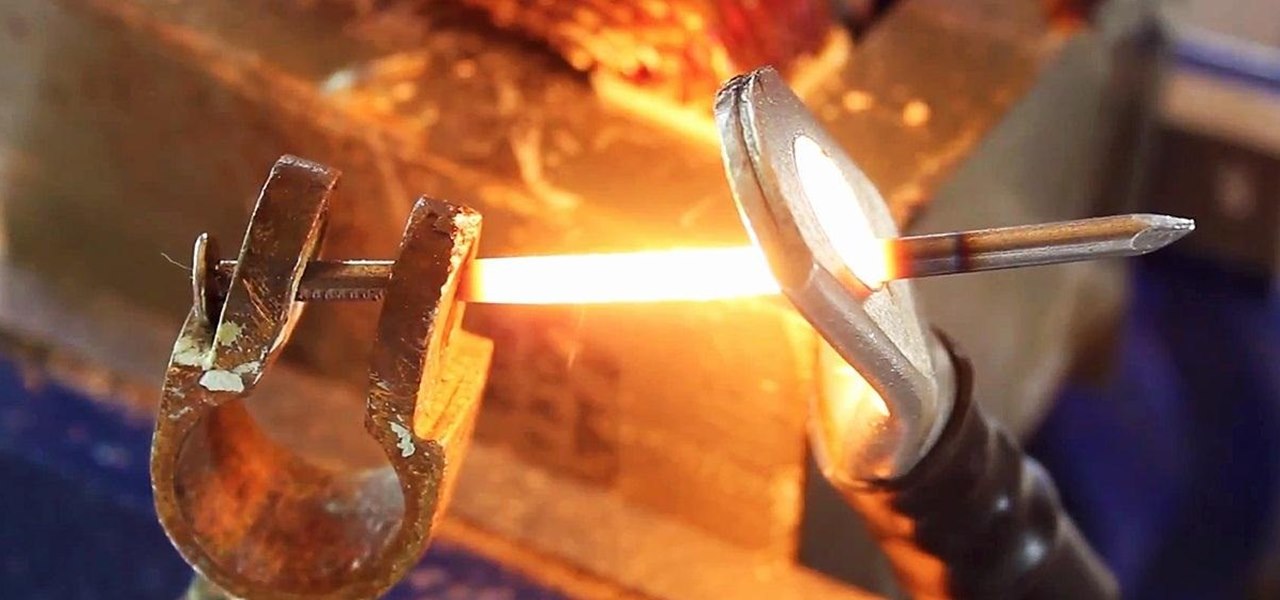


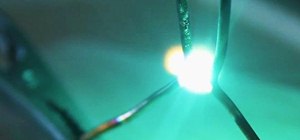
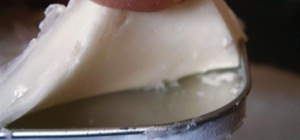
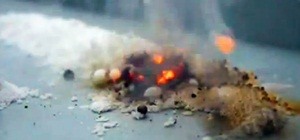
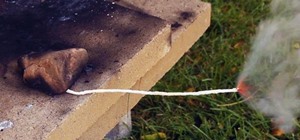
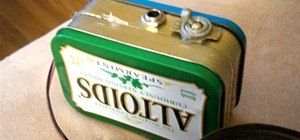
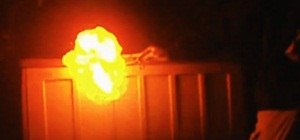
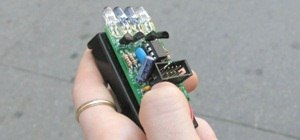
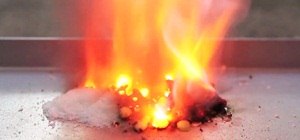

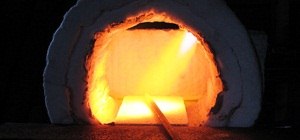

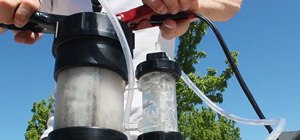







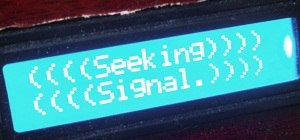
15 Comments
So, errr, how do you safely take apart a microwave?
I believe this can help you out.
It doesn't! All it says is "I discharged the parts with a dangerous charge" or somesuch. How is that done, and which parts are dangerous?
It's pretty straight forward. The only thing that stays dangerous when the device is turned off is the capacitor. If you don't know what this is, it looks like a can with two terminals on the top. The HV transformer leads into it. All you must do is take two screwdrivers with insulated handles and touch both terminals with the screwdrivers. Then cross the screwdrivers so that the terminals are being shorted out. There likely won't be a spark because most microwaves have a resistor built into the capacitor to safely discharge is when it is off. Hope this helps!
The best way of discharging capacitors are using soldering iron or wire with bulb and touch the two wires in each pin with in a second it's discharged.
note: do not short the two pins with a metal or a screwdrivers totally busted.
DOH...
"The only thing that stays dangerous when the device is turned off is the capacitor." note: EPIC FAIL...
~ANOTHER~ really dangerous component within a microwave oven is known as the MAGNETRON. this basically is the radiation gun, has alluminum heat sinks attached to its exterior and has a protruding end usually with a pink ceramic ring capped by metal. DO NOT TOUCH ANY PART OF THAT STEM, ESP. THE PINK CERAMIC MATERIAL WITH BARE SKIN ! It is a highly carcenagenic substance known as BARIUM. IT CAUSES CANCER....
Barium's not carcinogenic - otherwise the "barium meal" wouldn't be a very clever way to diagnose digestive problems.
I think you mean beryllium oxide. This is the ceramic substance used in magnetrons. According to Wikipedia "Once fired into solid form, it is safe to handle as long as it is not subjected to any machining that generates dust. Beryllium oxide ceramic is not a hazardous waste under Federal law in the USA."
So I don't think you need worry too much about just touching it.
If you don't know what dangers are involved I suggest you don't attempt it.
Why only the transformer in the microwave can do that? Can we use another or self create a transformer like that?
interesting way to heat treat or localize heat treat steel parts. Might have to try this whenever I get around to making knives
my microwaven primary side was burned . so i have difficult to make this . any body can tell me . how many turn need for primary( for input 220 volt supply ) side and which gauge wire ?
For primary turn 69 times and you'll need a thermometer, a glass one of course.
Yes I'm wanting to know something I bought one of them induction heaters off eBay for 40 bucks but I don't know how to power it can anyone tell me how or give me a schematic how to make it or where I can buy such thing because I have a lot of silver and gold I'm wanting to melt down so just let me know thank you
So what if I scratched a single wire 1/64th deep by 1/16th wide on the primary coil?
omg...
Share Your Thoughts